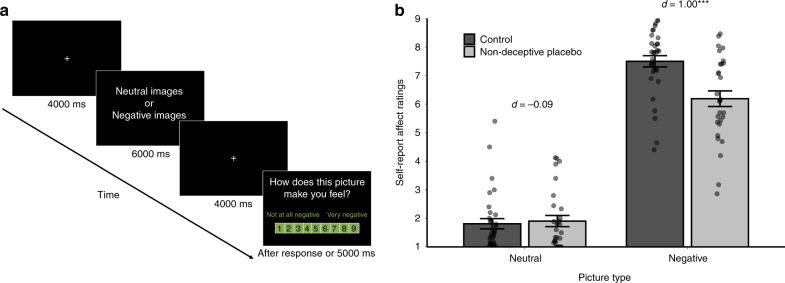Fig. 1. Experiment 1 trial sequence and results (n = 62 participants).
a All participants viewed a total of 40 images (30 negative and 10 neutral) in one block, and reported how they felt after each image on a nine-point scale from 1 (not at all negative) to 9 (very negative). b A mixed-factorial ANOVA (condition by picture type) was conducted followed-up by independent pairwise comparisons for relevant contrasts. All tests were two-tailed, and follow-up tests were not adjusted for multiple comparisons. Bars represent the mean self-report ratings calculated for condition (control group, n = 33, and non-deceptive placebo group, n = 29) per picture type (neutral and negative). Error bars represent ± 1 SEM. Dots represent mean values for each participant per picture type. There was a significant interaction between condition and picture type (p = 0.0008). Follow-up tests showed no difference in emotional distress ratings between the control group and non-deceptive placebo group for neutral pictures (p = 0.72); however, the non-deceptive placebo group, compared to the control group, reported less emotional distress when viewing negative pictures (p = 0.0002). No asterisk = not significant, ***p < 0.001.

